 Max Pirsky is a graphic designer passionate about letters, living in Bulgaria. He describes himself as being focused on “producing simple, concept-driven work”, he recently co-founded studio Kickflip, where he works as a creative director and, in his spare time, he is into photography and snowboarding.
Max Pirsky is a graphic designer passionate about letters, living in Bulgaria. He describes himself as being focused on “producing simple, concept-driven work”, he recently co-founded studio Kickflip, where he works as a creative director and, in his spare time, he is into photography and snowboarding.
The typefaces he creates are fascinating and his logo collection is a source of inspiration – and not only for designers. He is one of those designers who keep learning and experimenting, playing around with shapes and textures, while keeping things reaaaally simple. Which is something I personally enjoy a lot, so, naturally, I wanted to know more.
Simple solutions don’t just appear out of nowhere, there is usually a difficult and lengthy process behind them
Your bio on Kickflip states you’re “obsessed with finding simple solutions to complex problems”. How do you do that?
The easiest way to explain this is the feeling you get when you see something super simple, but think “Fuck, that’s awesome!” – this is what I strive for. Simple solutions don’t just appear out of nowhere, there is usually a difficult and lengthy process behind them. What I usually do is try to figure out the problem itself, and then logically reach the most efficient solution, be it a design problem or something completely different.

In high school I started messing around with computer graphics software, and by the 12th grade I had won my first design-related contest, organized by Sprite
Tell me a little bit about how you started your career in design. What were your first jobs, what were your goals, when you started?
I guess it started with my affection towards drawing. I was constantly doodling when I was a child. When I grew up a bit, I got into graffiti – I guess this is where my passion for letters started. I really loved the variety of tag styles you could see on your normal day out on the streets of Sofia, so I did my best to contribute (laughs)!
Around the last years of high school I started messing around with computer graphics software, and by the 12th grade I had won my first design-related contest, organized by Sprite. My graffiti style logo was on the bottle labels for a few months (that was in late 2006).
After that I went on to study graphic design in the New Bulgarian University here in Sofia, while at the same time doing various jobs in the field. My first jobs were in a pre-print studio, a snowboarding magazine, a bicycle manufacturer, and a web design studio. I’m not sure I had too many goals back then, I just wanted to evolve and become better at what I do (I still do). My point of view on design has tremendously changed since then.
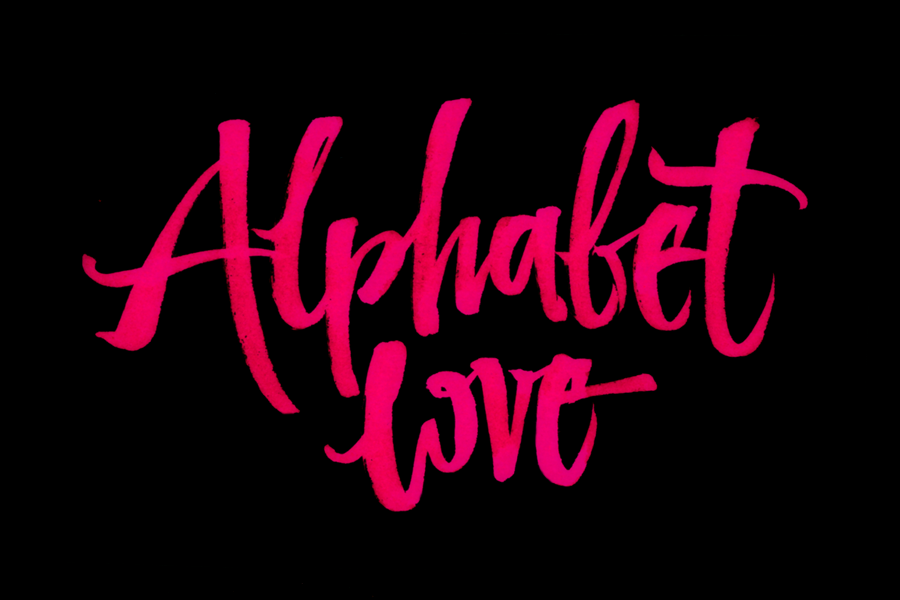
I really loved the variety of tag styles you could see on your normal day out on the streets of Sofia, so I did my best to contribute
Florence is simply a great place to be, especially as a student
You attended the European Institute of Design in Florence. Why Italy, of all places? And what is it like, studying in Florence, as an experience for a foreigner? (I know you are from Bulgaria, is that right?)
I’m actually not exactly from Bulgaria. I was born in Russia and lived in Israel for a while. I moved here with my family when I was around 13 years old.
I chose to get my Master’s degree in Italy because I figured that a place with such an enormous history and contribution to all aspects of art and design could only do me good. And I was right. Florence is simply a great place to be, especially as a student. You get to really experience the city as a local, rather than just a tourist – it’s a completely different perspective. I’m not going to go into details about it, I’ll just say I met a bunch of absolutely awesome people and I’ve learned a lot. Surely the best year of my life so far 🙂
How much did school help you get where you are now? Could you have made it to here, by being self-taught?
I think school is a good path to take. But just school isn’t going to cut it. The amount of competition out there is enormous, especially in the creative industry. I think that in order to stand out you’ve got to be really motivated and do a lot of work and studying by yourself. Let’s say the ratio is about 20% studying to 80% working your ass off.
Things that, while studying, seemed unnecessary turned out to be extremely practical in real-world situations
While doing my Bachelor’s degree, I’ve gained priceless technical knowledge and experience from working in the field, but not too much from the university itself. The Master’s course I attended, on the other hand, really gave me a push as a professional. While I hadn’t completely realized it back then, I actually constantly refer to a lot of the things I’ve learned in IED (Istituto Europeo di Design) when I work. Things that, while studying, seemed unnecessary turned out to be extremely practical in real-world situations.

You are currently a Creative Director at Kickflip, a design studio you co-founded with the others who work there. Tell me a little about why you started the studio and what you guys do there.
Kickflip is a small studio with a focus on creating awesome brand identity, user experience and digital products. We created the studio mostly because we wanted to start developing our own ideas. We share a common vision about design and about work processes, so it was quite a “perfect match”.
The core team consists of three people right now – Martin, Jordan and I. Jordan does research, marketing and strategy, Martin is the digital UI/UX guy and I handle visual identity and creative direction. I think our complementary skillset is a solid foundation for future development of the studio, as each of us will be able to handle his own department. Right now each member of the team shares his point of view on the task at hand, so we always have different perspectives to consider, which is great.
The main characteristics of a good logo? Simplicity, scalability and concept
I love your logo designs. What makes a good logo, in your opinion?
I think the main characteristics of a good logo are simplicity, scalability and concept. I always try to communicate my idea with as little details as possible.
What are the steps you follow, in creating a logo?
The process for creating a logo involves going through a few steps that I think are necessary for putting a solid foundation for any brand. At Kickflip we approach each project as a team. We start with analyzing the business (or individual) and their target audience. We conduct stakeholder interviews and do competitive landscape research. After that, we start with making a mindmap and setting the mood that we want to achieve by putting moodboards together. The next step is a lot of sketching, reviews with the team, vectorizing, and narrowing a lot of ideas down to (usually) 3 directions. We then discuss the directions with the client and give our recommendation as to which direction we think they should follow. After that we continue with selection of colors, typography, creating a visual language and so on. But that’s a whole other story 🙂
I’m a really curious person, so I like knowing everything and getting to the bottom of most things I’m interested in
In your years of freelancing, you did – and I quote from your LinkedIn bio – “all kinds of graphic design work from corporate identity, through print materials, web design, packaging, typography, clothing graphics, etc”. Was that because you liked knowing a bit of all, or just because perhaps the opportunity presented itself?
I think it’s both. I’m a really curious person, so I like knowing everything and getting to the bottom of most things I’m interested in. Until quite recently, I was actually trying to “juggle” doing a bit of everything, just because I sincerely like having variety. Not too long ago, I realized this isn’t really an option for a single person. It’s extremely difficult to stand out in every aspect in a field as broad as graphic design. This is also one of the reasons I love working in a team, everyone has their own tasks and can concentrate on the area they would like to evolve in.
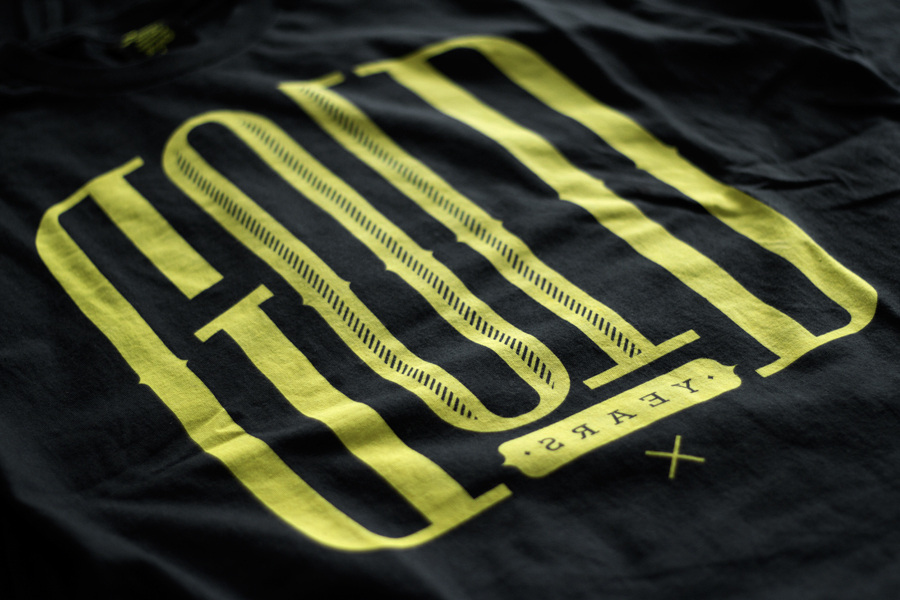
Do you think it’s important for a designer’s evolution, in general, to know a bit about all these fields, to take various jobs like this?
Having variety is nice. I don’t think it’s absolutely necessary for a designer, but it definitely helps if you would like to reach a higher-level executive position. You get a broader perspective of your field of work, you start realizing that most design tasks have a lot in common. That actually helped me become a better designer. Having come in contact with all these fields gave me irreplaceable experience that would allow me to coordinate larger and more diverse projects.
Making a custom typeface is one of the harder tasks you could give a designer
Some people think it’s easy to create a font. Can anyone do it?
Personally, I think that making a custom typeface is one of the harder tasks you could give a designer. Everything of course depends on what the expected result is.
What is the most important thing to keep in mind, when wanting to create a font?
There are so many aspects I wouldn’t know where to begin. I think maybe the most important thing is to determine the personality you are trying to achieve and try and stick to it.
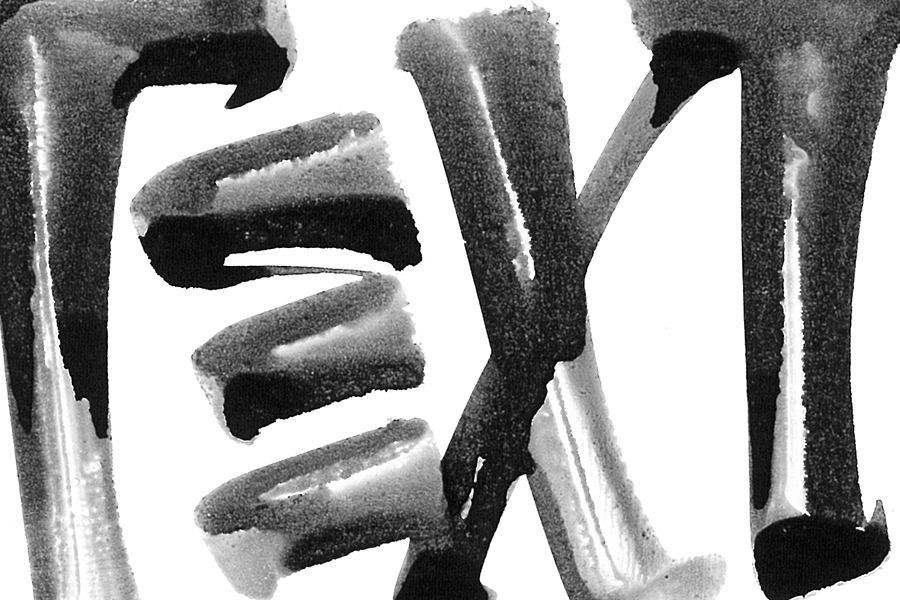
What’s your favorite memory of a project you worked on?
Actually, without going into anything in particular, my favorite part of every project is receiving positive feedback from the client and the design networks. This is when I know I’ve done my job properly and I receive enormous satisfaction and motivation from that. Pleasing the client, the design community and especially myself, isn’t at all an easy task! There is also of course, the joy of creation. Once something is finished – I look at it and just enjoy what I’ve done.
You must have had bad experiences with clients, also. What was the worst one and how did you solve it?
I can’t pinpoint any specific bad experiences, I prefer to focus on the good side of things and remember past work with a positive vibe. When there is a bump in the road, finding a solution is not difficult. It’s both sides’ approach that matters. What clients have to remember is that they are paying a professional to do their job, just like you would pay a doctor or a mechanic. If you’re paying someone to deliver quality work (and do their job, in other words) – you must be sure they will. If you don’t trust the skills and reasoning of the person you are hiring, better hire someone else that you know for a fact will do a great job. The blog “Clients from hell” has a good collection of ridiculous experiences, if you feel like reading about that kind of things.

When you have concrete-solid logic and reasoning behind a design and present it to the client accordingly, you’ll receive a positive reaction 99% of the time
What are the mistakes a designer usually makes, when communicating with a difficult client?
I think that usually, most people get easily frustrated by client’s comments and instead of trying to educate the client and explain their reasoning, simply give up and end up doing work that just satisfies the client’s aesthetic point of view. These mistakes are frequently made in the beginning when you don’t have enough experience, because you make a lot of decisions based on personal opinion. In order for design to work, the decisions behind a piece (whether it’s a website, logo, package or a magazine spread) have to be logical and there has to be reason for every single element. When you have concrete-solid logic and reasoning behind a design and present it to the client accordingly, you’ll receive a positive reaction 99% of the time.

Stay motivated and believe that one day you’ll reach your goal. Sooner or later, it will happen
How does a day in your life look like?
Recently it’s just work. Wake up, have breakfast, go to the office, work till around 7, come back home, and work some more, hahah. Starting your own business is a tough job 😀
What would you advise young designers who want to become really good, to do in order to reach their goal?
It really depends on what their goal is. I would advise to always have a concept behind the work you’re creating. Make things that work first, then think about how they look. And of course, most importantly – stay motivated and believe that one day you’ll reach your goal. Sooner or later, it will happen.
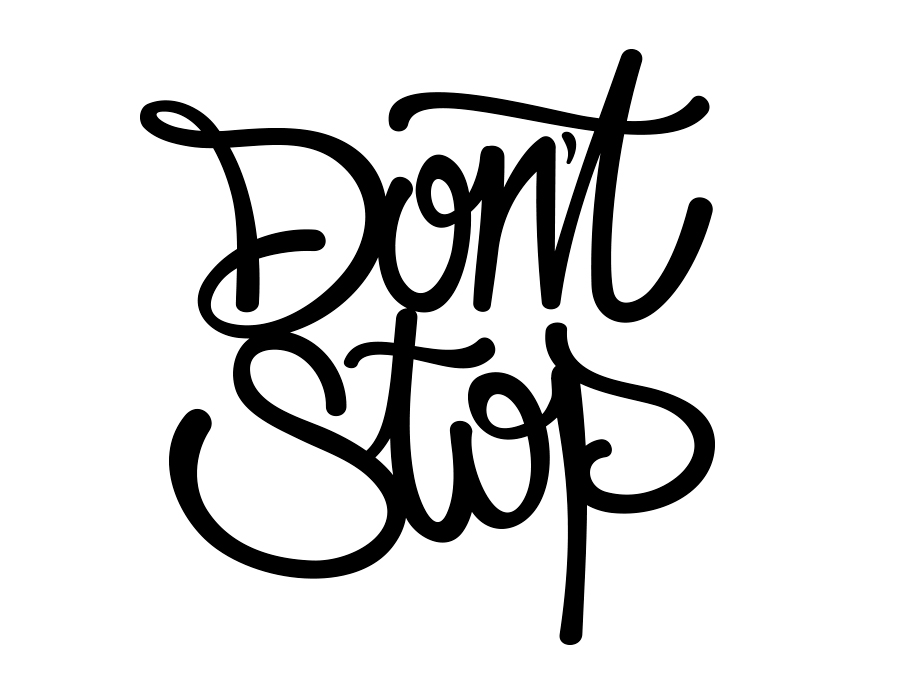
See more of Max’s work on his: blog | website | dribble | behance | tumblr | facebook | pinterest




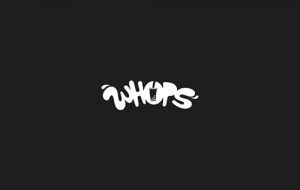
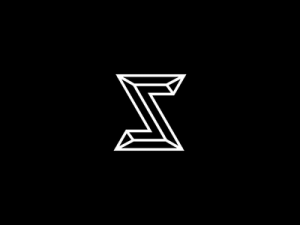
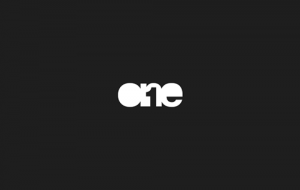

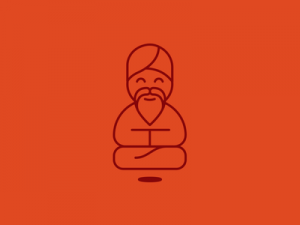
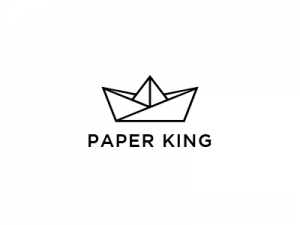
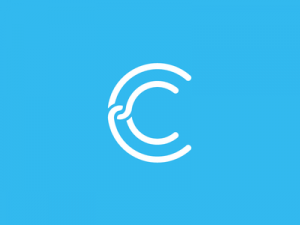
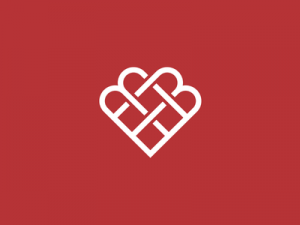
Panda
April 05, 2014 at 11:10 am
Go Max! =)))
Gabriel Moro
May 08, 2014 at 2:46 pm
Thank you for this awesome interview.
Very inspiring and made me want to work a lot harder to achieve my goals.
Your work is beautiful!
Liked this? Stay posted for more articles like this one!
Subscribe